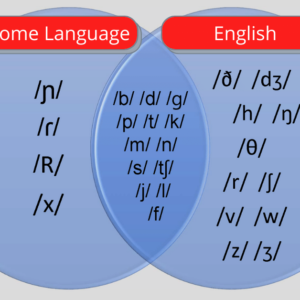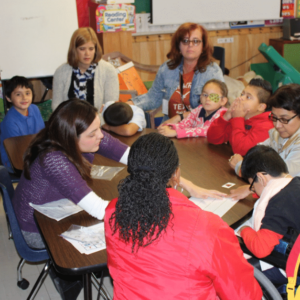Align Therapy to the Curriculum: Reduce Planning Time and Increase Outcomes
$0.00

Course Type: Video – 1 hour ASHA Course Code: Developmental Language Disorders – 3010
You can improve how you support your teachers and reduce therapy planning time!
New academic skills are more easily acquired with increased exposure to a topic and when the skill has relevance in the student’s life. This course highlights research and shares results of a multi-year effort that improved therapeutic outcomes and reduced planning by tailoring Preschool and General Education curriculum to meet communication objectives. New skills were more easily acquired because of increased exposure to academic topics and from choosing topics relevant to student needs.
Additional Information
| Population | School Age |
|---|---|
| Topics | Free Courses, SLP Professional |
| Duration | 1 hour |
| Credit | .1 Continuing Education Unit |
| Format | Video |
Financial Disclosure: Scott Prath, M.A., CCC-SLP is a salaried employee of Bilinguistics. Bilinguistics receives royalty payments for online courses.
Non-Financial Disclosure: Scott Prath does not have any non-financial relationships to disclose.
This course highlighted research and shared results of a multi-year effort that improved therapeutic outcomes and reduced planning by tailoring Preschool and General Education curriculium to meet communication objectives.
Participants will:
Describe basic theory and research explaining why curriculum-based intervention improves
therapeutic outcomes
Implement strategies to reduce therapy planning but relying on classroom resources and
topics
Discuss ways to collaborate with general education professionals to share academic agendas
Design speech language therapy sessions based on curriculum topics and initiatives
Time-Ordered Agenda:
10 minutes Introduction
10 minutes Basic theory and current research on curriculum-based intervention
10 minutes Strategies to implement curriculum-based intervention
10 minutes Collaboration with general education professionals
10 minutes Design speech-language therapy sessions based on curriculum topics
10 minutes Conclusion
Need CEUs?

 Share
Share
 Tweet
Tweet
 LinkedIn
LinkedIn
 Pin
Pin
 Email
Email




